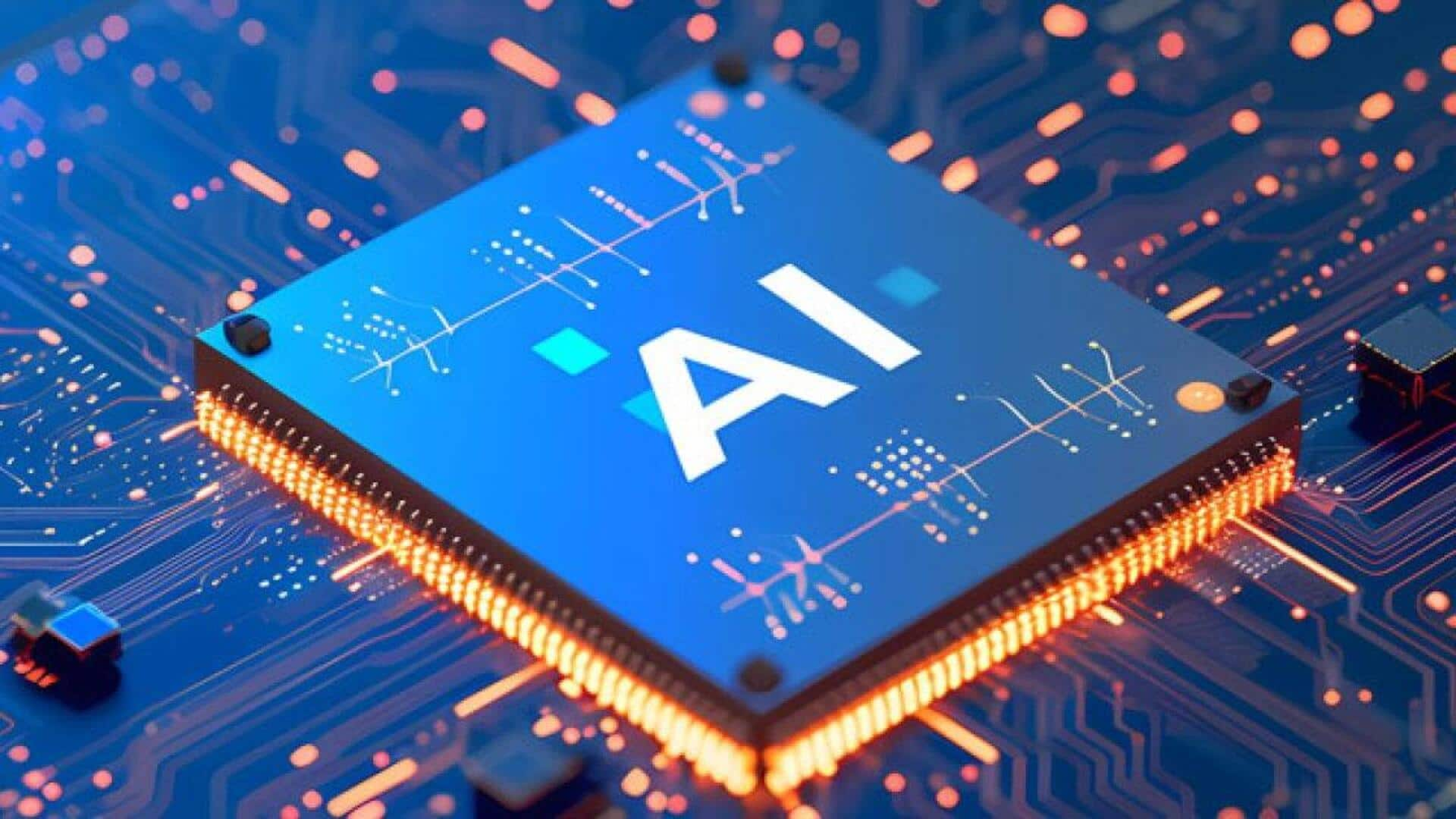ChatGPT's Core Functionality
ChatGPT, a product of advanced AI research, excels in generating human-like text. It processes and comprehends natural language, enabling it to answer
questions, write different kinds of creative content, and engage in conversations. Its prowess stems from a complex neural network, trained on a vast amount of text data, learning patterns and relationships within language. This training allows ChatGPT to produce responses that often appear coherent, relevant, and sometimes surprisingly insightful, depending on the user prompt. The model's architecture is designed to predict the next word in a sequence, progressively building text that aligns with the given input or query. The quality of output hinges on the sophistication of this predictive mechanism and the breadth of its training data. Therefore, ChatGPT's fundamental capability lies in its capacity to understand and generate human language, offering a versatile tool for various applications across different sectors.
Applications Across Industries
ChatGPT's adaptability has spurred its integration into diverse fields, changing how tasks are performed and information is accessed. In customer service, it facilitates instant responses to inquiries, reducing wait times and boosting user satisfaction. Content creation also benefits, as ChatGPT aids in drafting articles, scripts, and marketing materials, speeding up the creation process. Education leverages it for personalized tutoring, offering tailored explanations and assisting with homework. In healthcare, it assists in preliminary diagnosis and patient support, although it requires careful validation by medical professionals. Other areas seeing utilization include programming, where it helps generate code, and research, where it assists in summarizing literature and generating ideas. The versatility of the model ensures its continued expansion into numerous sectors, promising more innovative applications in the coming years.
Advantages and Limitations
Despite its innovative abilities, ChatGPT has certain restrictions. Its primary advantage is its capacity to automate and streamline a wide range of tasks, from drafting emails to answering complex questions, saving time and resources. It enhances accessibility to information, providing rapid and understandable answers. However, it is important to acknowledge the limitations. ChatGPT's responses are dependent on the training data, and thus it may lack originality, especially when dealing with specialized or current information. It can also generate misinformation or perpetuate biases that are present in its training dataset. Moreover, the model sometimes struggles with intricate reasoning or context that would be effortless for a human. Users must critically evaluate ChatGPT's output, especially in situations where accuracy is paramount, to avoid the risks associated with reliance on unverified or biased data.
The Future of ChatGPT
Looking ahead, ChatGPT and comparable language models are poised for considerable advancements. Researchers are consistently focusing on refining the models to enhance their language comprehension, generating more accurate and contextual responses. The goal is to diminish biases and reduce the generation of false information by refining the training processes and data. An area of significant progress is the incorporation of multimodal capabilities, which will allow these models to process and create content involving varied formats, like images, audio, and video. These developments could transform the way we interact with computers and access information, creating tools that are increasingly intuitive, adaptable, and user-friendly. The trajectory for ChatGPT suggests a future where these AI models will become even more deeply integrated into daily life, offering increasingly advanced functionality across various platforms and applications.



